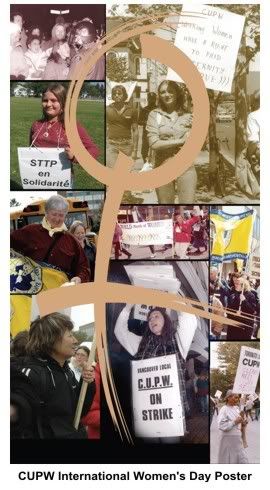Gender and vote choice in the 2006 Canadian election
Report from the Canada Election Study examines the “modern gender gap” in voting, including finding that two-thirds of women surveyed favoured publicly funded child care over money paid directly to parents.
Inglehart and Norris (2003) have argued that a process of gender realignment is pushing men to the right and women to the left. This paper uses data from the 2006 Canadian election study to assess their argument that the "modern gender gap" is rooted in cultural differences between women and men rather than in structural and situational differences. While there is some evidence that public sector employment and higher education help to explain why women are more likely than men to vote for the NDP, their impact is offset by religiosity. Women tend to be more religious than men and this helps to explain why many women remain attracted to the Conservatives. The most important factors in explaining why men are more likely than women to vote for the right-wing party and women are more likely than men to vote for the left-wing party are clearly cultural. Women are more skeptical than men of market-based arguments, less ready to embrace closer ties with the US, and more liberal when it comes to social mores and alternative lifestyles. The paper ends with a discussion of the implications of gendered patterns of voting for electoral politics in Canada.
Questions from the post-election survey:
What should the government do: fund public daycare or give the money directly to parents? (If interviewer is asked, by government we mean the federal government.)
Finding:
Almost two-thirds of the women interviewed in 2006 favored a publicly funded day care system; only 30 per cent preferred the Conservative policy of paying money directly to parents to spend as they please.
LINK: Gender and vote choice in the 2006 Canadian election










No comments:
Post a Comment